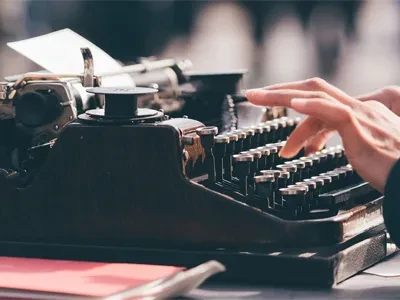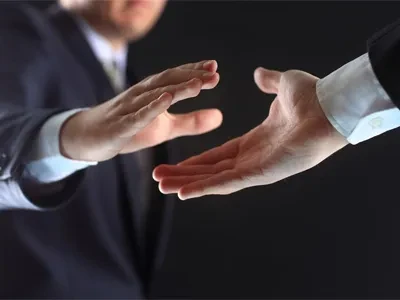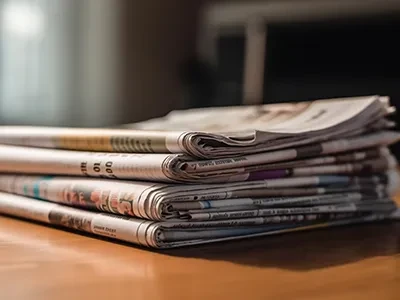Abstract: This article comprehensively covers the key aspects of the Jacquard fabric industry, including its history, manufacturing processes, types, and applications. It aims to provide a detailed understanding of this unique fabric for industry insiders and enthusiasts.
Introduction
Jacquard fabric is renowned for its intricate and elaborate patterns, which are woven directly into the fabric rather than printed on the surface. This technique has a long - standing history and continues to play a significant role in the textile industry today.
A Brief History of Jacquard Fabric
The origin of Jacquard fabric can be traced back to the early 19th century when Joseph Marie Jacquard invented the Jacquard loom. This revolutionary invention automated the process of creating complex patterns on textiles. Before the Jacquard loom, weaving intricate designs was a labor - intensive and time - consuming task. The Jacquard loom used punched cards to control the movement of individual warp threads, allowing for the creation of highly detailed and repeatable patterns.
Manufacturing Processes
Design Creation
The first step in manufacturing Jacquard fabric is designing the pattern. Designers use specialized software to create digital patterns, which can range from simple geometric shapes to highly detailed floral or figurative designs. These digital designs are then converted into a format that can be read by the Jacquard loom.
Warp Preparation
The warp threads, which run lengthwise in the fabric, are carefully prepared. They are wound onto a beam and then threaded through the heddles of the Jacquard loom. The heddles are controlled by the punched cards or electronic systems, which determine which warp threads will be raised or lowered during the weaving process.
Weaving
During the weaving process, the weft threads, which run crosswise, are inserted between the raised and lowered warp threads. The Jacquard mechanism precisely controls the movement of the warp threads according to the pre - designed pattern, creating the desired design on the fabric.
Types of Jacquard Fabric
Silk Jacquard
Silk Jacquard fabric is luxurious and highly sought - after. It is often used in high - end fashion, such as evening gowns, suits, and scarves. The smooth and lustrous surface of silk enhances the beauty of the intricate patterns.
Cotton Jacquard
Cotton Jacquard is more affordable and breathable. It is commonly used in home textiles, such as bedsheets, curtains, and upholstery. The durability of cotton makes it suitable for everyday use.
Wool Jacquard
Wool Jacquard fabric is warm and has excellent insulation properties. It is frequently used in winter clothing, such as coats, sweaters, and blankets. The natural elasticity of wool also gives the fabric a good drape.
Applications of Jacquard Fabric
Fashion Industry
Jacquard fabric is a staple in the fashion world. Designers use it to create unique and eye - catching garments that stand out on the runway and in retail stores. From formal wear to casual clothing, Jacquard fabric adds a touch of elegance and sophistication.
Home Decor
In home decor, Jacquard fabric is used to enhance the aesthetic appeal of living spaces. It can be found in curtains, upholstered furniture, and decorative pillows, adding a sense of luxury and style to any room.
Automotive Interiors
Some high - end automotive manufacturers use Jacquard fabric for seat covers and interior trim. The durability and aesthetic appeal of Jacquard fabric make it a suitable choice for automotive applications.









